THE year of 1962 marked the 150th anniversary of Henry Bell's prestigious steamship; in order to highlight and celebrate this occasions Sir William Lithgow composed a letter showing interest in funding construction of a replica of the ‘Comet’ which was to be made seaworthy for a short period of time.
Lithgow contracted George Thompson of Buckie to build the hull of the ship stating:



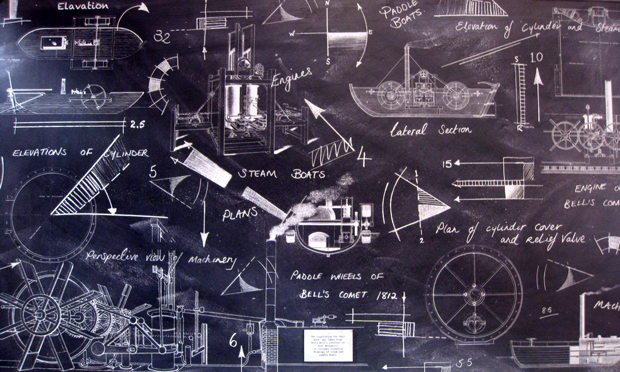
 THREE important Henry Bell and the Comet artefacts cannot be seen at present.
THREE important Henry Bell and the Comet artefacts cannot be seen at present. 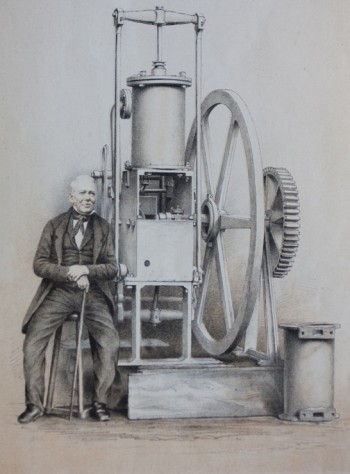 IT is now some 192 years since the wreck of the first River Clyde paddle steamer, the PS Comet, which was lost on Loch Craignish, on December 13 1820.
IT is now some 192 years since the wreck of the first River Clyde paddle steamer, the PS Comet, which was lost on Loch Craignish, on December 13 1820. 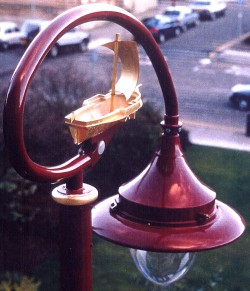 THE much-admired Comet street lamps in Helensburgh’s Colquhoun Square disappeared when Argyll and Bute Council radically altered the square.
THE much-admired Comet street lamps in Helensburgh’s Colquhoun Square disappeared when Argyll and Bute Council radically altered the square. THREE important Henry Bell exhibits at the London Science Museum in South Kensington are in storage and no longer on display.
THREE important Henry Bell exhibits at the London Science Museum in South Kensington are in storage and no longer on display.  A COMPREHENSIVE booklet written in 2007 by J.Craig Osborne of the Scottish Maritime Museum on 'The Comet and her Creators' is still available.
A COMPREHENSIVE booklet written in 2007 by J.Craig Osborne of the Scottish Maritime Museum on 'The Comet and her Creators' is still available.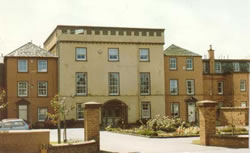 THE Bells and Helensburgh are inextricably linked with the history of the other.
THE Bells and Helensburgh are inextricably linked with the history of the other.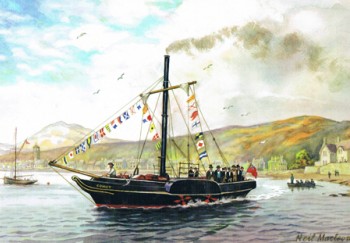 A PAINTING of Henry Bell's Comet is now available as an A3 print.
A PAINTING of Henry Bell's Comet is now available as an A3 print. 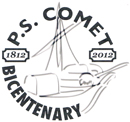 HELENSBURGH Tree Conservation Trust's Spring Planting in the spring of 2012 included a celebration of the Comet bicentenary.
HELENSBURGH Tree Conservation Trust's Spring Planting in the spring of 2012 included a celebration of the Comet bicentenary.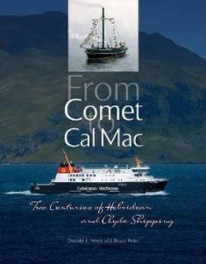 A BOOK which uses Henry Bell's Comet as its starting point, 'From Comet To Cal Mac', was published at the start of 2012, the Comet bicentenary year.
A BOOK which uses Henry Bell's Comet as its starting point, 'From Comet To Cal Mac', was published at the start of 2012, the Comet bicentenary year. 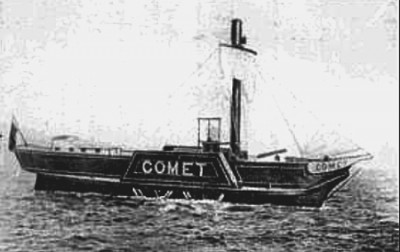 WHEN Henry Bell’s steamboat Comet started its career, it introduced the pleasure of spending a day at a seaside resort to Glasgow’s teeming population, eager for a breath of salt water air.
WHEN Henry Bell’s steamboat Comet started its career, it introduced the pleasure of spending a day at a seaside resort to Glasgow’s teeming population, eager for a breath of salt water air. 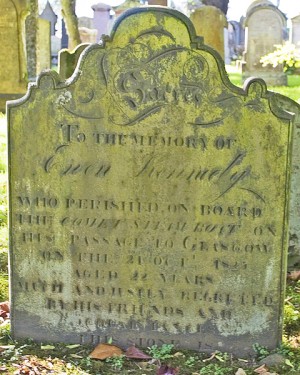 THE second Comet was built at Dumbarton in 1821, and maintained the West Highland service for four years.
THE second Comet was built at Dumbarton in 1821, and maintained the West Highland service for four years. 
